What is a Mini SPST 2‑Pin Switch?
Explore the Mini SPST 2‑Pin Switch, a compact and reliable component for various electronic projects. Learn about its specifications, wiring techniques, and practical applications. This guide provides step-by-step instructions for integration, troubleshooting tips, and essential insights to ensure optimal performance in your circuits.

Device Overview
Introduction
The Mini SPST (Single Pole Single Throw) 2‑Pin Switch is a small, simple, and highly useful electronic component. Despite its tiny size, it can perform one of the most important functions in a circuit — turning the current on or off. This makes it perfect for beginners, hobbyists, and even professionals who want a reliable way to control small circuits. Whether you are building a small gadget, a DIY project, or replacing a switch in a device, the Mini SPST 2‑Pin Switch is often the ideal choice. These switches are compact, easy to use, and can handle small amounts of current safely. They are also inexpensive and widely available, making them one of the most common switches in electronic circuits.What is a Mini SPST 2‑Pin Switch?
A Mini SPST switch has two pins and one pole that can either make or break the connection. This means the switch has just two states: ON and OFF. When the switch is ON, electricity flows through the circuit. When the switch is OFF, the circuit is broken, and the current stops.It is called “Mini” because of its small size, making it perfect for compact projects. “SPST” stands for Single Pole Single Throw — single pole means it controls a single line of current, and single throw means it has only one ON position and one OFF position.
Types of Mini SPST 2‑Pin Switch
Mini SPST 2‑Pin switches come in different mechanical styles. Each style has its own advantages depending on how you want to use it:-
Toggle Switch:
This switch has a small lever that you flip to turn the circuit ON or OFF. It is sturdy and provides tactile feedback, so you know when it is switched. -
Slide Switch:
This switch uses a sliding mechanism. Slide switches are easy to install on small PCBs (printed circuit boards) and are often used in compact electronics. -
Push Button Switch (Momentary):
This type only works while the button is pressed. It returns to the OFF position when released. It is ideal for temporary control in a circuit, like triggering a buzzer or a small motor. -
Rocker Switch:
A rocker switch rocks back and forth to make or break a circuit. It is popular in small appliances and provides clear visual feedback of the ON or OFF state.
Technical Specifications
Understanding the specifications of a Mini SPST 2‑Pin Switch is important to ensure it works safely in your project:-
Number of Pins: 2
-
Operation: ON/OFF
-
Voltage Rating: Typically 12V–24V DC or up to 120V AC
-
Current Rating: 1–3A (depends on the specific model)
-
Mounting Type: Panel mount or through-hole
-
Material: Plastic or metal housing with metal terminals
-
Switching Type: Momentary or latching (toggle)
-
Durability: Can last up to 50,000 cycles
-
Size: Compact, fits in small spaces easily
How to Wire a Mini SPST 2‑Pin Switch
Wiring a Mini SPST switch is very simple, even for beginners. Here’s a step-by-step guide:- Identify the two pins on the switch. One pin will connect to the power source, and the other pin will go to the device or load.
- Connect one wire from the positive terminal of the power source to the first pin.
- Connect the second pin to the positive side of the device (for example, an LED, small motor, or buzzer).
- Connect the negative side of the device directly to the negative terminal of the power source.
- Test the switch by flipping it ON and OFF to make sure the device operates correctly.
Tip: Always make sure the voltage and current of the circuit do not exceed the ratings of the switch.
Applications of Mini SPST 2‑Pin Switch
Mini SPST switches are extremely versatile. Some common applications include:- Controlling small DC loads like LEDs, buzzers, or small motors.
- Turning on/off power in hobby electronics projects.
- Replacing or retrofitting small switches in devices.
- Using as a simple control in appliances or gadgets.
- Acting as a manual trigger for circuits in DIY kits.
Example Circuit
Here’s a simple example to see a Mini SPST 2‑Pin Switch in action:Goal: Control an LED with a Mini SPST Switch
Components Needed:
- 1 Mini SPST 2‑Pin Switch
- 1 LED
- 1 220Ω Resistor
- 1 5V Power Source
- Wires
Wiring Diagram:
Pin 2 of SPST Switch ----> Resistor ----> LED (+)
LED (-) ----> Power Ground (0V)
Operation: Flip the switch ON to light the LED. Flip it OFF to turn the LED off. This basic setup helps you understand how the switch works in a real circuit.
Advantages of Mini SPST 2‑Pin Switch
-
Compact Size: Fits easily into small projects.
-
Simple Operation: ON/OFF control is intuitive and easy.
-
Reliable: Can withstand many cycles without failure.
-
Cost-Effective: Inexpensive and widely available.
-
Multiple Styles: Choose from toggle, slide, push button, or rocker.
Because of these advantages, Mini SPST switches are extremely popular in electronics projects, learning kits, and small appliances.
Troubleshooting Common Issues
Even though Mini SPST switches are simple, sometimes they may not work as expected. Here are common issues and solutions:
-
Switch Not Working:
Check continuity with a multimeter. Make sure the pins are properly connected. -
Device Does Not Turn On:
Verify polarity and connections. Ensure the power source is functioning. -
Sparking or Overheating:
Make sure the switch is rated for your circuit’s voltage and current. Using a low-rated switch for high-current applications can damage it. -
Loose or Wobbly Switch:
Check the mounting. Some switches require secure panel or PCB mounting to function properly.
Tips for Using Mini SPST 2‑Pin Switch
- Always check the voltage and current rating before integrating into your circuit.
- Use heat shrink tubing or insulation tape to prevent short circuits.
- Avoid mechanical stress on the switch pins to prevent damage.
- For permanent projects, solder the connections for durability.
- For temporary projects, use jumper wires or connectors.
Conclusion
The Mini SPST 2‑Pin Switch may be small, but it is a fundamental building block for many electronic circuits. Its simple ON/OFF operation, reliability, compact size, and affordability make it a popular choice for beginners, hobbyists, and professionals alike.
By understanding its types, specifications, wiring methods, applications, and troubleshooting tips, anyone can easily integrate a Mini SPST switch into their projects. Whether you are lighting an LED, powering a small motor, or building a DIY gadget, this switch offers a simple and effective solution for controlling electrical circuits.
Where to Buy
| Platform | Price | Action |
|---|---|---|
|
|
₹299 | Buy Now |
Prices may vary. Click on "Buy Now" to check current availability and pricing.
Administrator
Frequently Asked Questions
Common questions about What is a Mini SPST 2‑Pin Switch?. Find answers to the most frequently asked questions.
User Reviews & Comments
Share your experience with this IoT device. Your feedback helps our community make informed decisions!
Share Your Experience
Help others by sharing your thoughts about this IoT device.
Related Devices
Explore more IoT devices in the same category
Dive deep into the world of Li-ion batteries tailored for IoT applications. This detailed resource covers everything from fundamental principles to advanced optimization techniques. Understand how to choose the right battery, extend device runtime, and enhance overall system reliability, all crucial for your connected innovations.
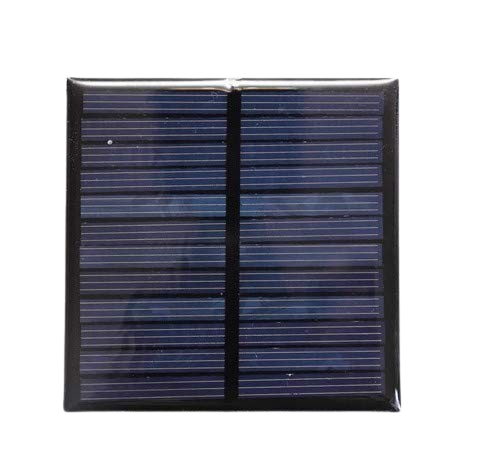
Discover everything about solar panels in this complete guide covering types, benefits, installation cost, and maintenance tips. Whether you're planning for home or commercial use, learn how solar energy can reduce your electricity bills and promote sustainability. Ideal for beginners and property owners exploring solar power solutions in 2025.
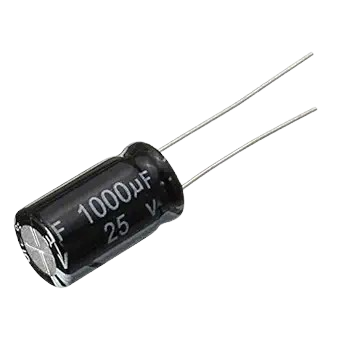
Discover everything about capacitors in this complete technical guide. Learn capacitor types, working principles, real-world applications, and how to choose the right one for your circuit. Ideal for students, engineers, and electronics enthusiasts seeking reliable, accurate information
TP4056 is a compact lithium-ion battery charging module known for its simplicity, safety, and efficient performance. This guide covers its working, features, pin configuration, and safety usage tips, making it ideal for electronics enthusiasts and DIY battery charger projects. Learn how to use TP4056 effectively without overcharging or damaging your batteries.
The LM2596 Buck Converter is a popular DC-DC step-down voltage regulator designed for efficient power conversion. Known for its stability, high efficiency, and adjustable output voltage, it is widely used in electronics projects, power supply circuits, and battery-powered devices. This guide covers its working principle, key features, specifications, and common applications for hobbyists and professionals.
Glass fuse is a protective component widely used in electrical and electronic circuits to prevent damage from overcurrent or short circuits. This complete guide explains its construction, working principle, different types, and practical applications in everyday devices and industrial equipment, helping readers understand why glass fuses are essential for safety and reliable performance.
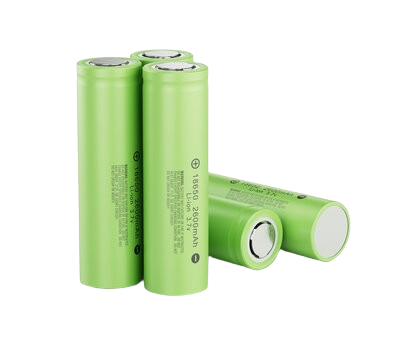
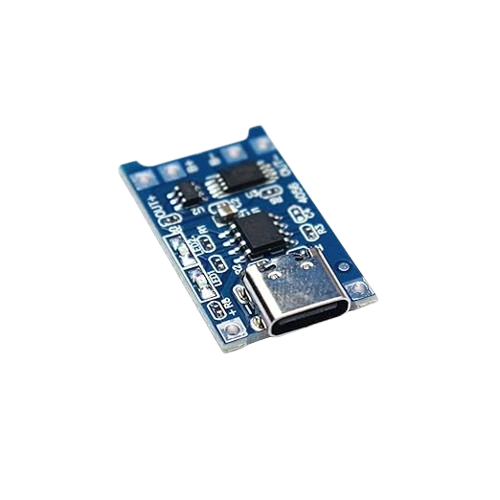
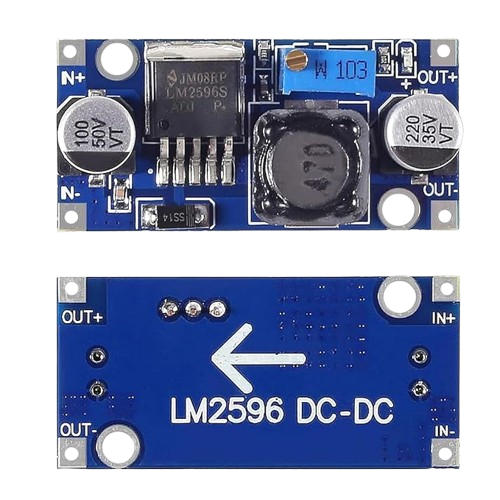
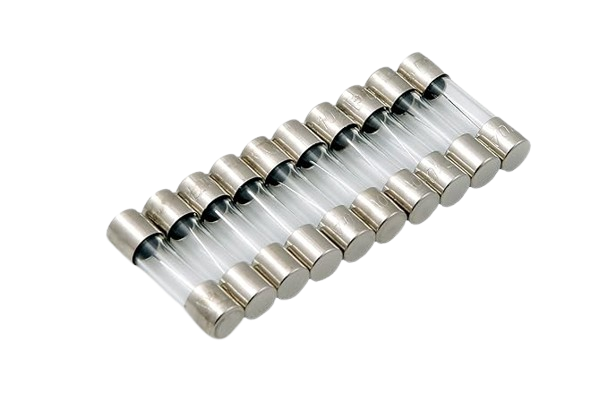
No Reviews Yet
Be the first to share your experience with this IoT device!